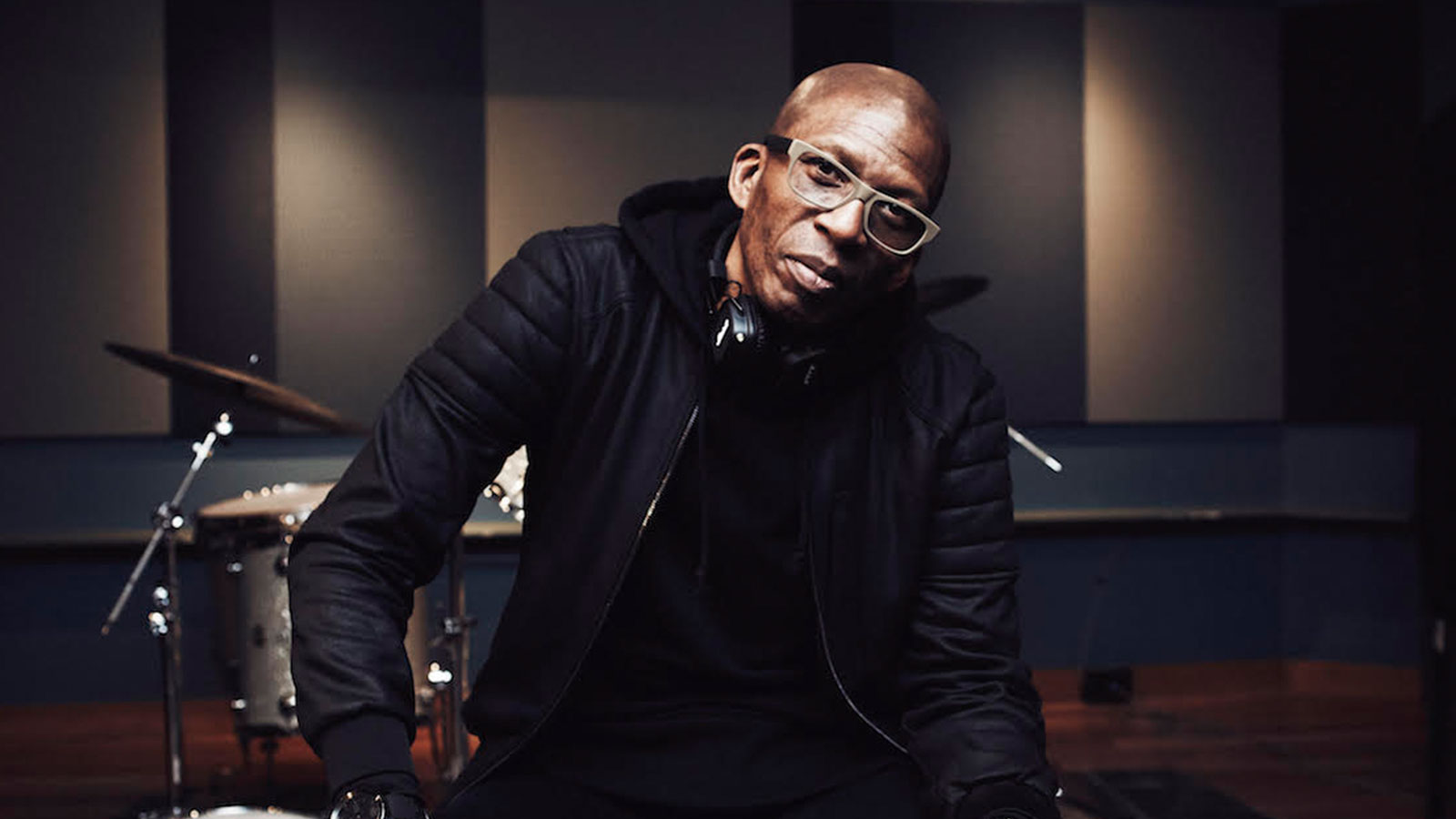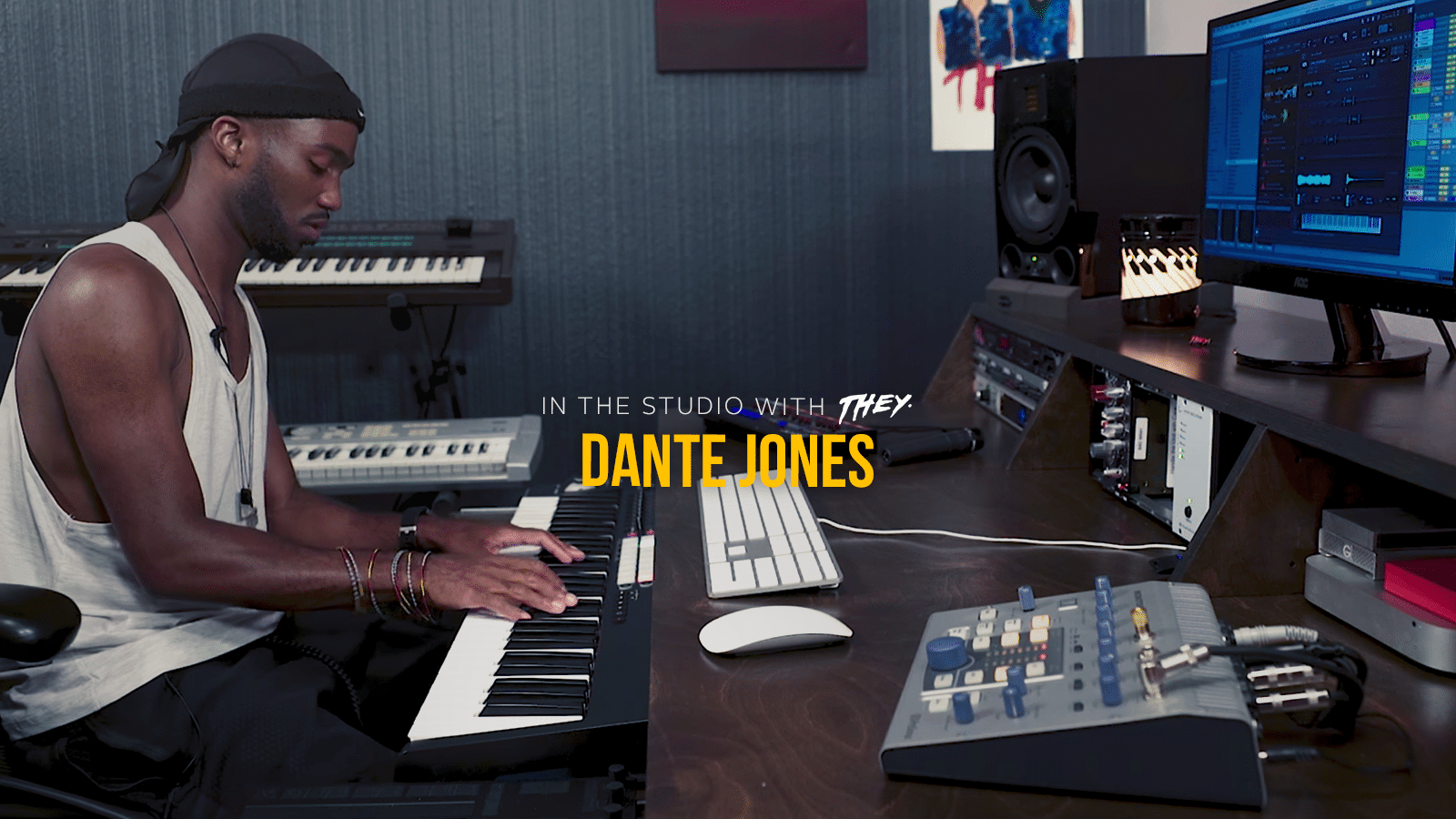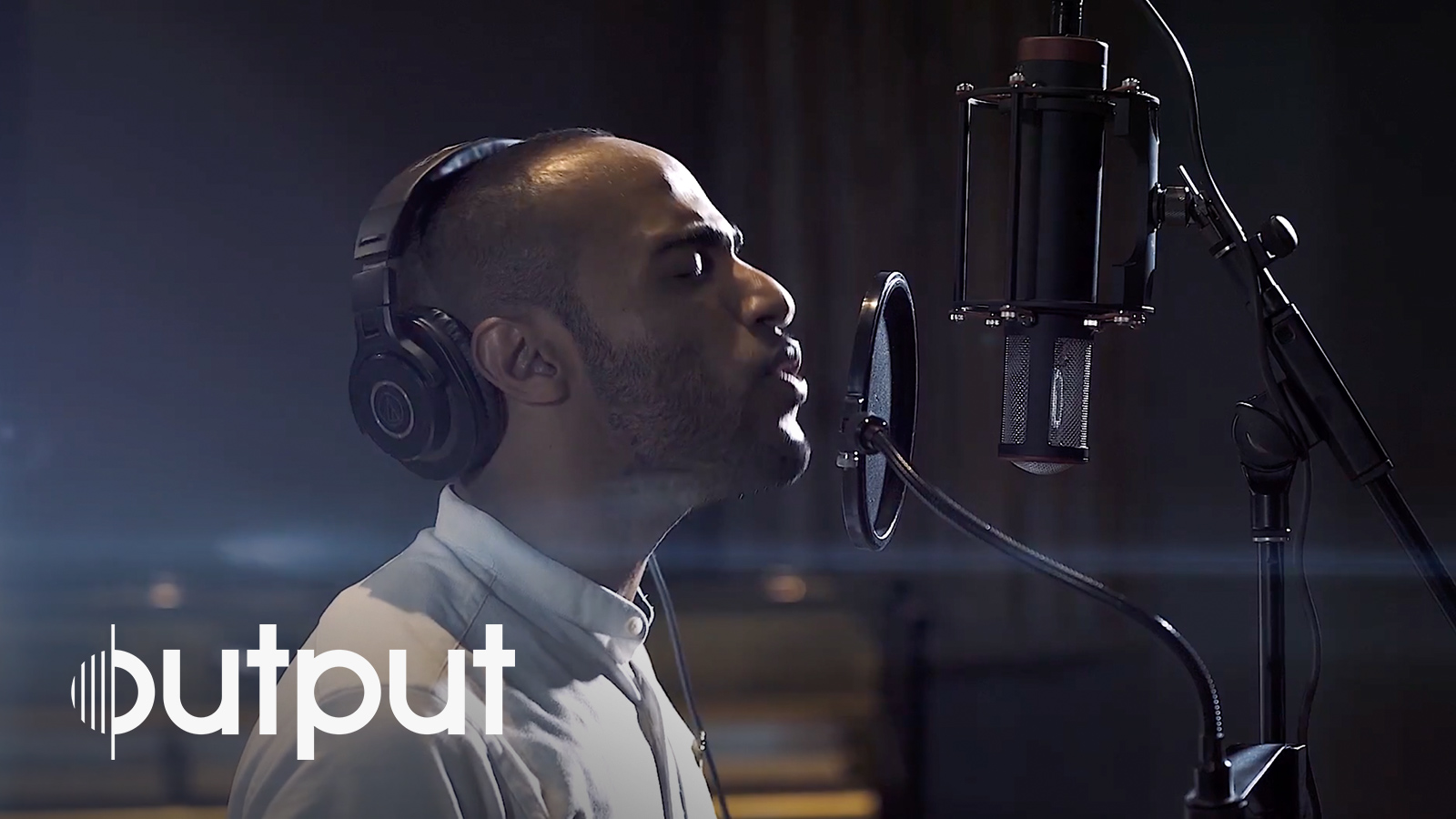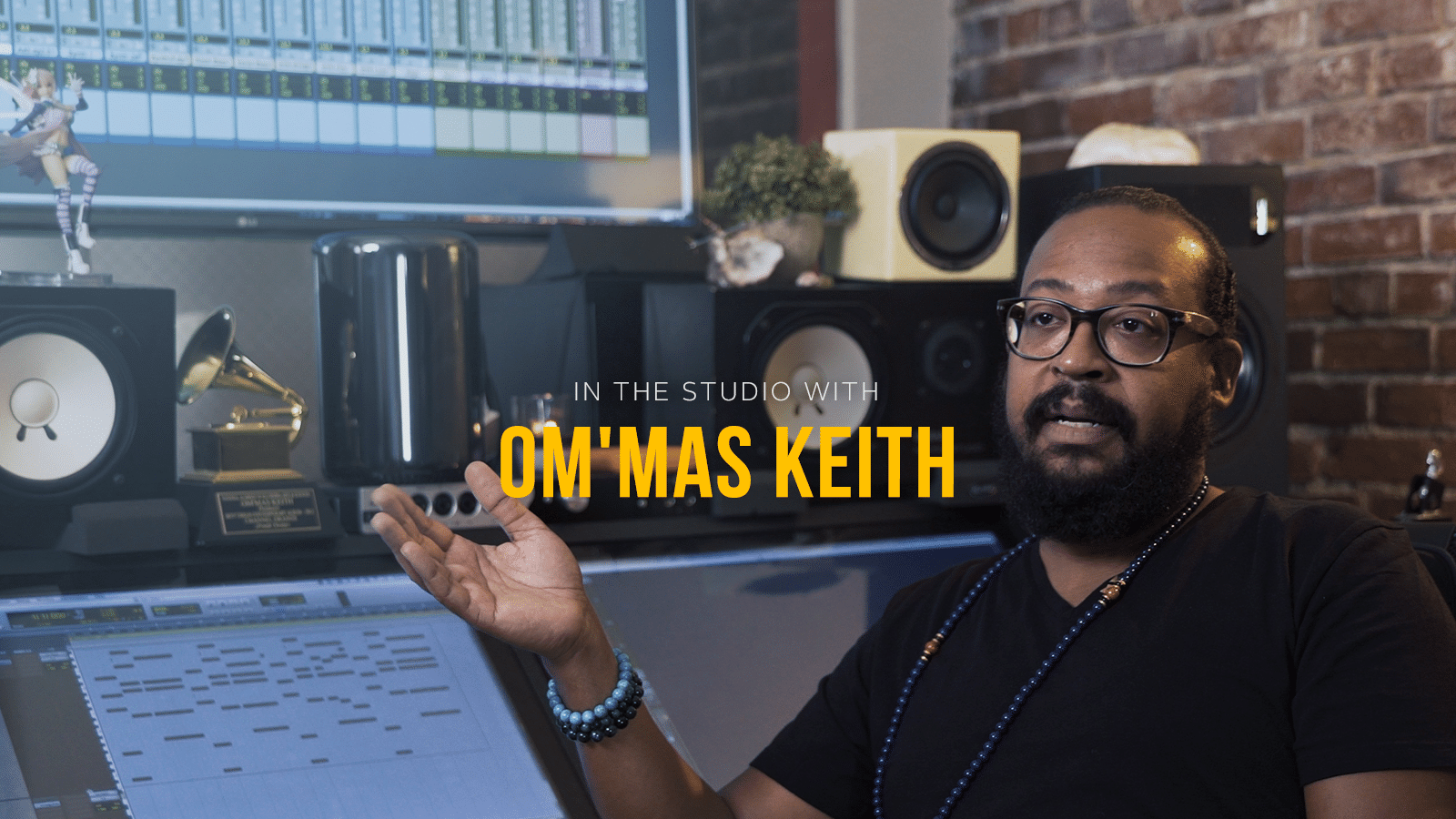The history of sampling owes much to Hank Shocklee and the Bomb Squad. The idea of sampling existed in one form or another as the art of recording developed—from adding textures and effects to rock albums, to musical instruments like the Mellotron and Fairchild, to the experimental musique concrète movement of the 1940s. But until the 1980s, sampling never really existed as an integral part of a popular genre, and certainly wasn’t the artform it is today. There was a cataclysm of aesthetics, technology, and curious minds that began exploring every angle of what was possible. Shocklee and his cohort are credited with advancing the art of sampling with techniques like warping and multiband micro-loop sampling—pioneering an approach that can render the original source unrecognizable while creating something sonically new. From his work with Public Enemy to designing musical worlds for film, we spoke with Hank Shocklee about his early explorations, current projects, and what he’s most excited about for the future of sampling.
Tell us about the history of sampling through your own experience. What technologies unlocked something for you, and what creative discoveries were driving you along?
When I first started wanting to do music, I decided to not program from a drum machine because they give you stock sounds. I wanted to do something with samples. Samples were, at the time, just taking drum breaks—and then taking a kick or the snare from a drum break. But I didn’t have any machine that actually could do it. Lo and behold, I came across a Korg DDD-1. The DDD-1 is a drum machine that had stock sounds but it also gave you two pads that you could sample for one second each. That machine changed my life because it gave me the opportunity to put a kick and a snare onto it. Later on, I purchased an Ensoniq Mirage keyboard which gave you three seconds of sample time in 4-bits. The whole library was based upon these little floppy disks that you put in, and the floppy disks had pre-recorded sounds, but also allowed you to record any external sounds that you wanted. So that became the backdrop for a lot of the records being done in the late ’80s to the beginning of the ’90s. We did a lot of the Public Enemy records, and the first Slick Rick album was done on that. That was a pivotal keyboard sampler for me. Later, I got the Akai S900 which gave you 8-bits and 20 seconds of sample time. That helped a lot because it allowed for time stretching and you could segue samples and make them evolve without having to glitch because you only had a limited amount of time to work with. To me, that was a revolutionary step in terms of sampling.
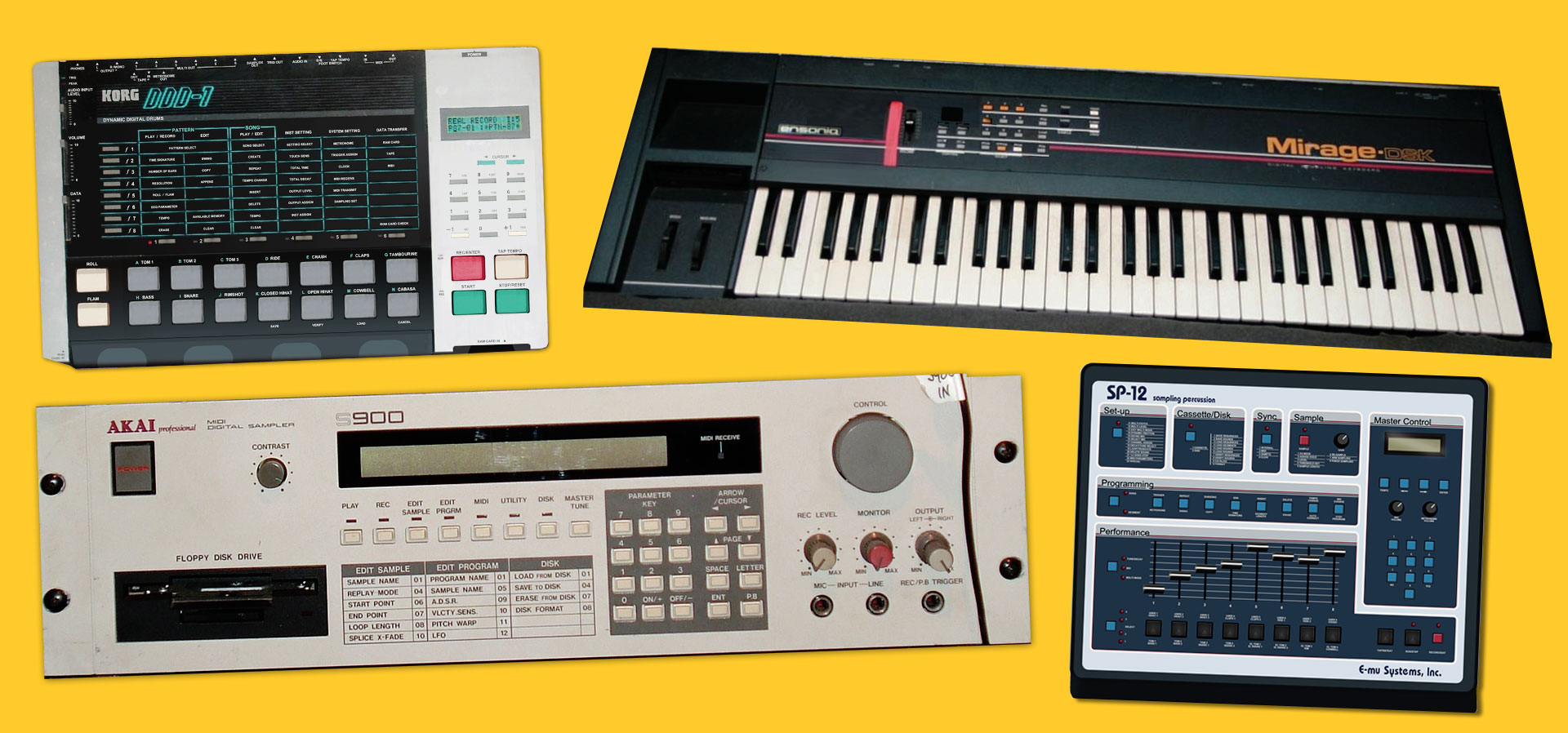
The real identity of the stuff that we were doing back then didn’t happen until I picked up the E-mu SP-1200, and that afforded 2.5 seconds on each pad, and it had eight pads that allowed you to do all kinds of things. Instead of me using the floppies that it came with, I put in, once again, samples. But now I could put in horn hits, I could put in a little bass note—and then put it in chromatic order, and play it in different keys and create basslines and things of that nature. That to me was the onset of the early part of sampling. If you listen to a lot of the boom bap records, that’s the machine of choice.
What were the collisions of technology and aesthetics that led to the Bomb Squad sound?
At the time (1980s) when music was being made, it was mainly recorded with live musicians and either you would have a live drummer or you would have a drum machine—a Roland TR-808 or 909. A lot of those ’80s records were maybe a guitar player playing live, a keyboard playing on the bassline, extra keyboard layers on top, and of course the vocalists. Those records were pretty sterile to me in their formulation, but they were great nonetheless. You had to be a great musician to make those records—anything from Janet Jackson back to Lakeside Records. A lot of those records were pretty much that ’80s sound where you heard keyboards and a drum machine.
The difference for me was when you go out to see a DJ, mainly a rap or break DJ, they would just cut up the drum beats within the records and loop them for a period of time—5, 10, 15 minutes. Just scratching and looping this drum break gave a different aesthetic to the sound. That sound was only heard when you went to see a DJ live. I decided “Let’s do that and put that in records” because even the early rap records were using live musicians and a drum machine. I wanted to actually make the entire [album] out of records because I thought the aesthetic sounded different.
When, in your opinion, has a sample crossed the threshold into being a new, unique thing ?
Well, that’s a great question and there’s massive debate about it. Most of the sampling done back then was taking four bars or maybe even eight of a record, and looping that. The things that we did—my brother Keith [Shocklee], Eric Sadler, Chuck D and also Terminator—were taking smaller bits. We graduated from just taking the kick and the snare and then started playing around with the reverb tail of a horn sample. We started playing with a synth line or a string line and taking a small chunk of it—not even half-a-bar but half-a-note, and then looping that. Because the records I owned were worn out from scratching, some of the noise and grit was getting in there—and those are the things that I found interesting in sound. Thus, we are building this collage of sound—this palette that creates a certain mood and texture. That became the first part of the sound design that was used for all of the Public Enemy records, and it’s that idea that led to the Public Enemy records having their own unique and distinct sound.
You recently scored YE! A Jagun Story, a film that straddles the worlds of Nigeria and Boston. How has your experience with sampling informed your approach to the sonic language of a film?
The film starts off with a dance intro which basically represents a funeral. The song used was “Trouble Sleep” by Fela Kuti (1972). That was just a temp track that the director John Oluwole ADEkoje had wanted to replace. I was like, “No, let’s keep that in there and then we can build around that.” When you’re sampling, there are certain periods of sound that you want to get from, and you really want to get it from those ’70s records, because they were pretty much all acoustic and had some really interesting effects on the guitars and the keyboards and things of that nature.
In the case of the film, the dialogue had a lot of background noise when it was first given to me, before it went through the process. I said, “Wow, it was interesting to hear the street noise, the cars going by, the birds chirping, the leaves. Why not use that as the core element of the score?” I can now bring out the sound of what’s there and make that part of the music itself, so that it doesn’t separate itself from being background noise or foley. I wanted that to become one, so it creates a sense of depth. Now, I can draw you closer into the film. I learned that from taking samples from records.
Working in Dolby Atmos allowed me to expand it even further. So instead of it being a stereo dimension, you’re getting an immersive environment. In one of the scenes they’re in a car. The perpetrator is a cab driver, and Stellar the passenger is setting him up. I wanted to use Atmos to actually put you in the same environment. What I’m loving is this totality of bridging music composition and sound design.
That’s a really unique perspective, and often difficult to pull off because so many aspects of sound in film can be compartmentalized. You’ve worked on many films—did this approach evolve over time?
I did that first with American Gangster, but I did it in reverse. Basically, I created records inside the film that were supposed to represent ’60s soul records. That gave me the opportunity to create stems. So now, I have stems of all the period piece tracks. By creating the stems, it allowed for Marc Streitenfeld—who scored the film—the source music. Instead of just abruptly cutting or echoing off like they normally do to move into a different scene, we can break it down, and it dissolves into the score. We’re creating a linear frequency between the source music and the score where you don’t know when one began and one ended. My mission in terms of film is to try to create a deeper experience for the viewer. To me, sound is 90% of the film, even though directors will kill me saying this!
One of the most iconic songs you worked on was for a film—Public Enemy’s “Fight the Power” for Do the Right Thing. How did that experience influence your approach to film scoring?
That’s funny that you mentioned that because in Do The Right Thing, the idea was to do a song for the film. That was it. That was a challenge in itself because at that time, rap was still pretty new and it was almost used as a gimmick for film—those things came across to me as very cheesy. You didn’t hear the real rap records that you would play on the streets—so the idea was to make something that was going to be felt on the streets. The movie was written and directed by Spike Lee in Brooklyn. I wanted to make something that’s going to sound like it came from a car that somebody was riding by on Flatbush Avenue. I thought it was only going to be used for a few seconds and then be gone, and then Spike used that as a driving force of the theme throughout the entire film—and that’s what sparked me to understand “Wow, you can actually take a song and make it the score and it still be the song at the same time.” When Spike did that, he blurred the line between source music and score, and that’s what I thought was really, really cool.
From your start with the Korg DDD-1 to today’s deep production tools, you’ve always been leading the way. What are you excited about for the future of music creation and sampling?
Here’s what I’m excited about, and it’s going to sound contrived, but it’s everything. I’m excited about everything. The new technologies we have today are only there to enhance you, to take you to areas that you’ve never even thought of before. You are not confined by the limitations of being able to take a sample, and then all you can do is maybe shorten it or speed it up or slow it down. You can time stretch. You can treat samples like MIDI. You can lengthen it, you can change the key of it—and actually change the key and not just pitch it up. They have AI tools now that could take a two track and separate it into stems. You could separate the vocal and do some mind-bending things you never could have done before. Serato Studio allows you in real-time to create stems while you’re DJing so you can remix on the fly. Now the possibilities are endless, because not only can you extract the instruments, you can blend them in unique ways. It’s giving you a palette of colors and textures that could go on for infinity.
Don’t worry about how it’s been done, worry about how you can make it new and put yourself into it.
Hank Shocklee
Do you have any advice for today’s producers, especially ones who are working in sample-based music?
Find your voice. Don’t copy what you’ve heard—take it and recontextualize it into something that you can feel. When you do that, you are going to the next level. Today, there’s no such thing as genre. I don’t know the difference between a country record, an alternative record, a hip hop record, an EDM record. I just know if it’s hot or if it’s not—and if it’s hot, that’s going to depend solely on how you brought it across. Don’t worry about how it’s been done, worry about how you can make it new and put yourself into it. You want to create your own frequency and your own vibration.
Keep up with Hank Shocklee.
